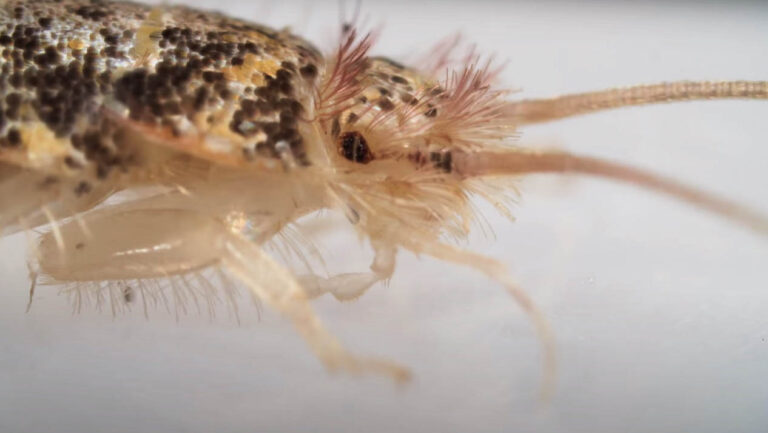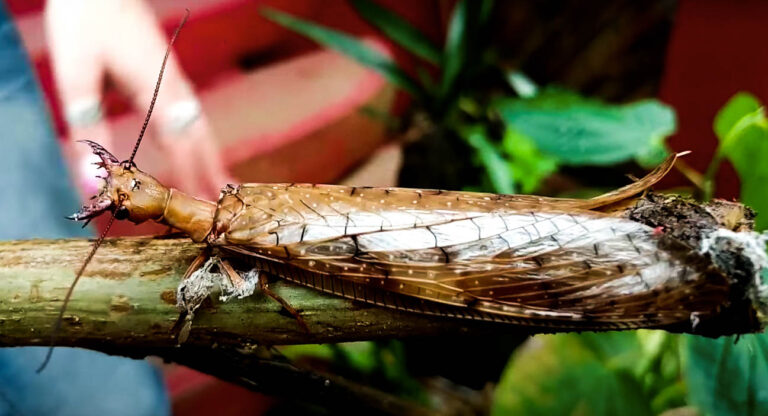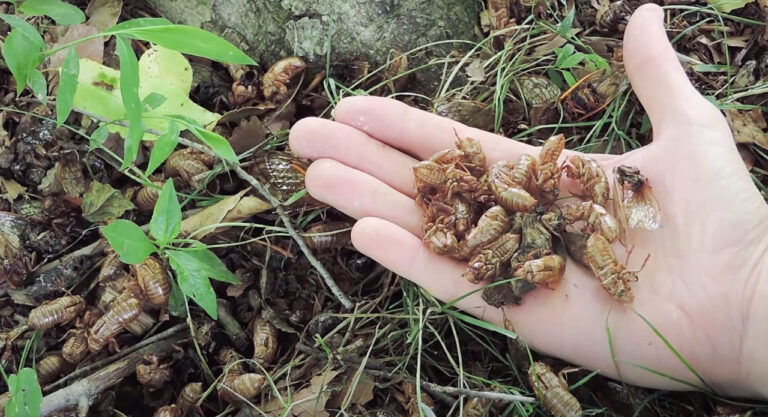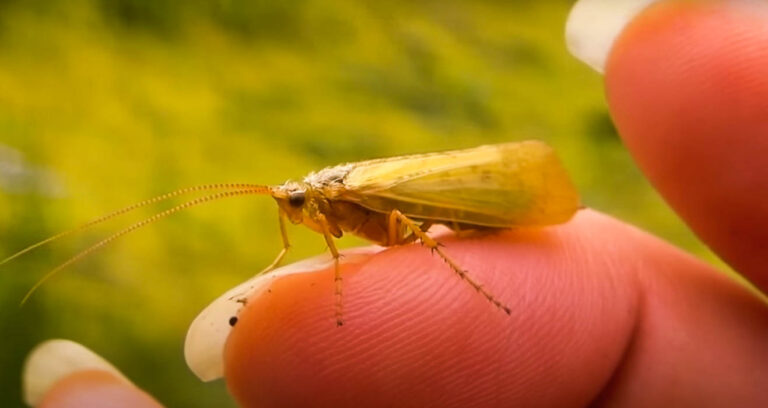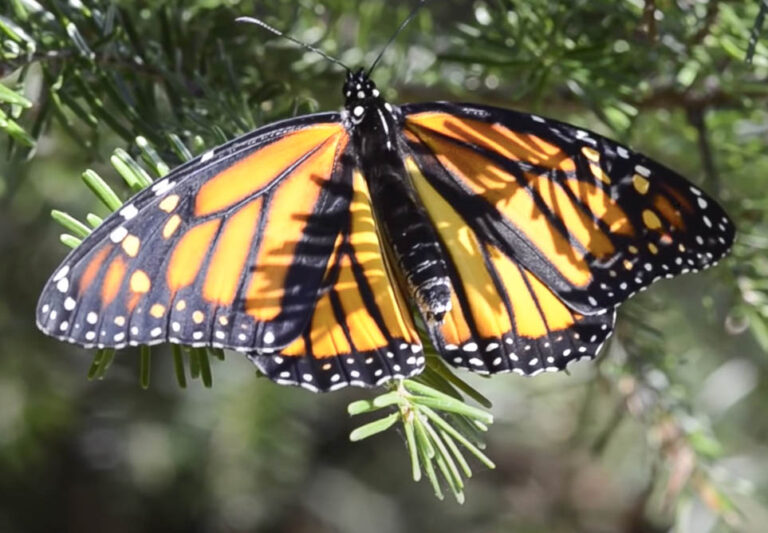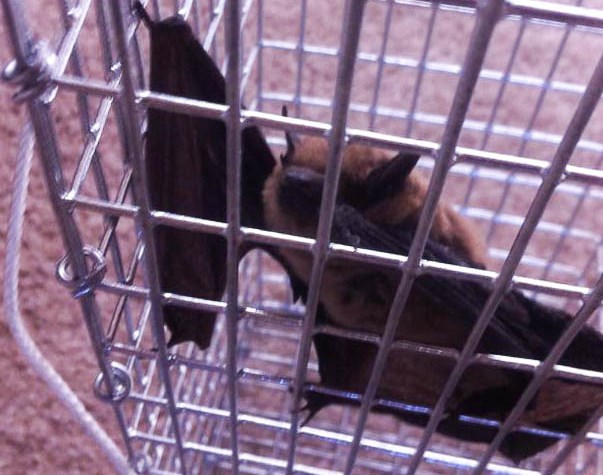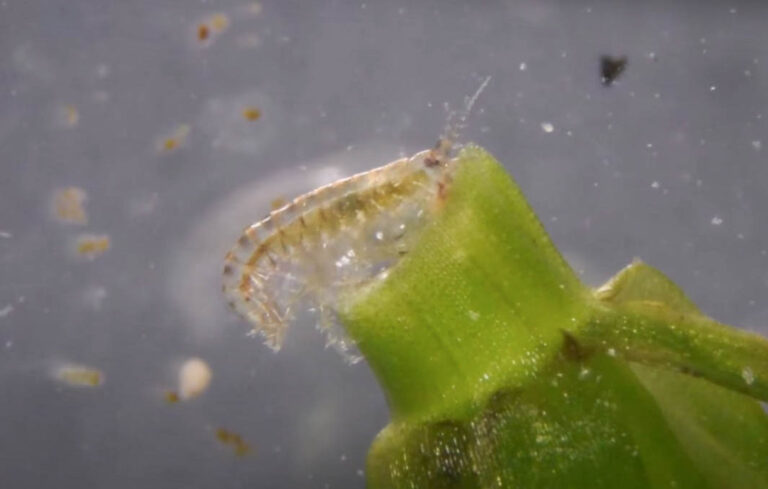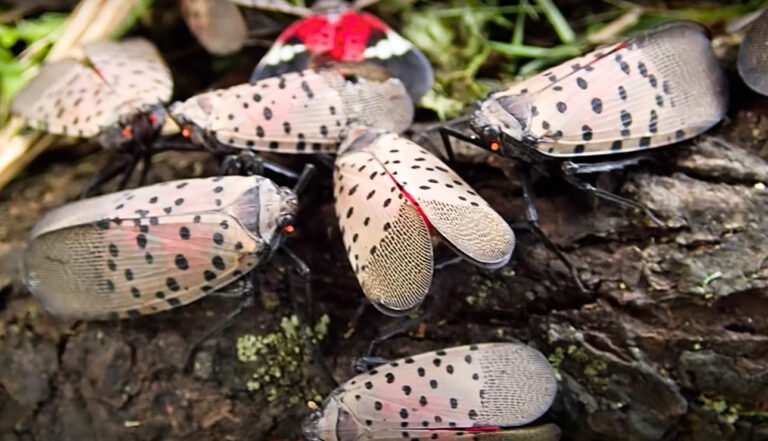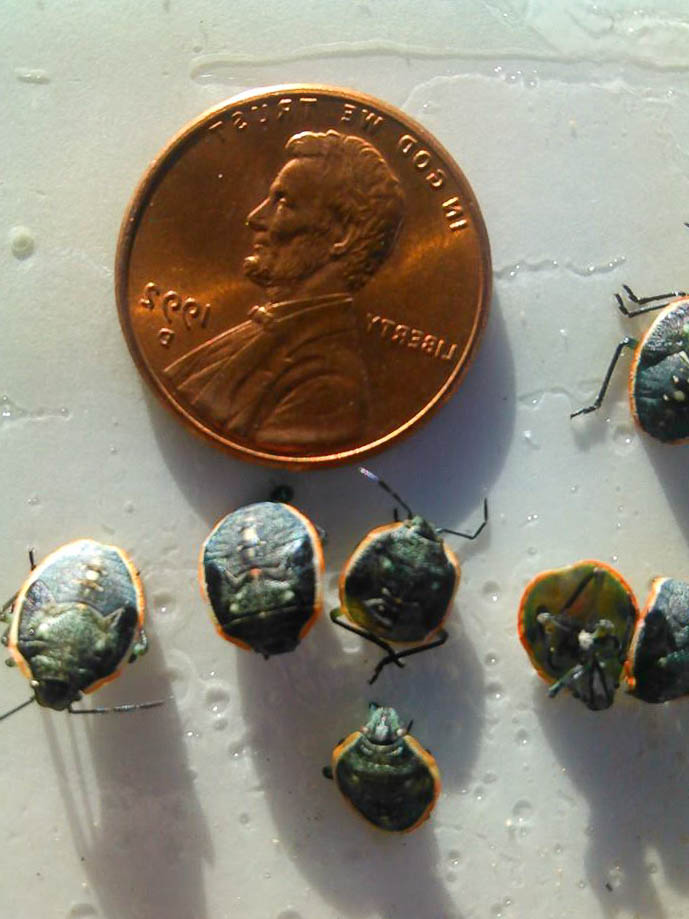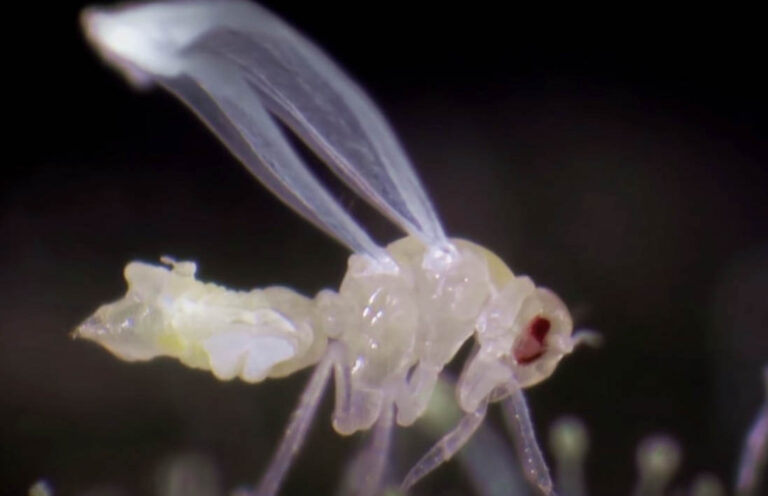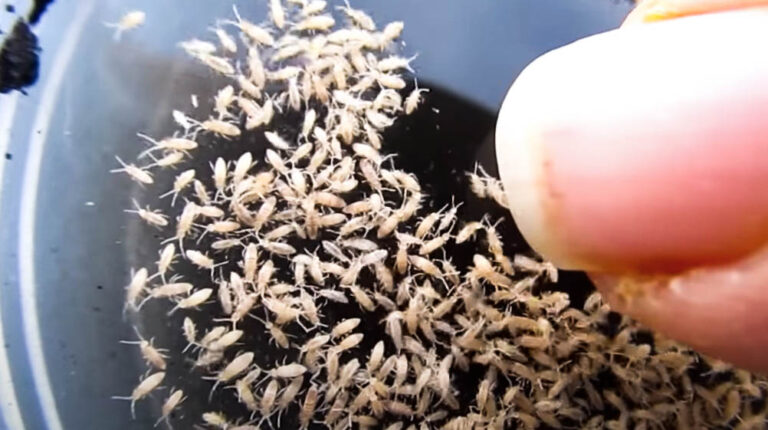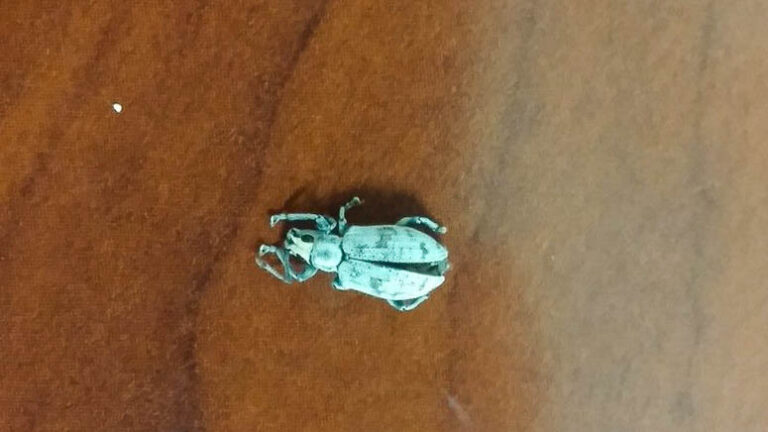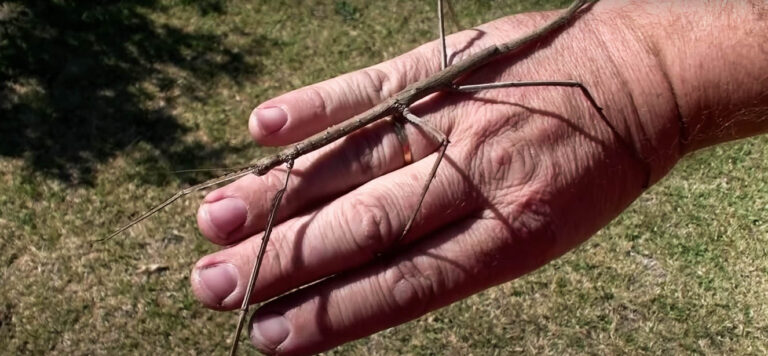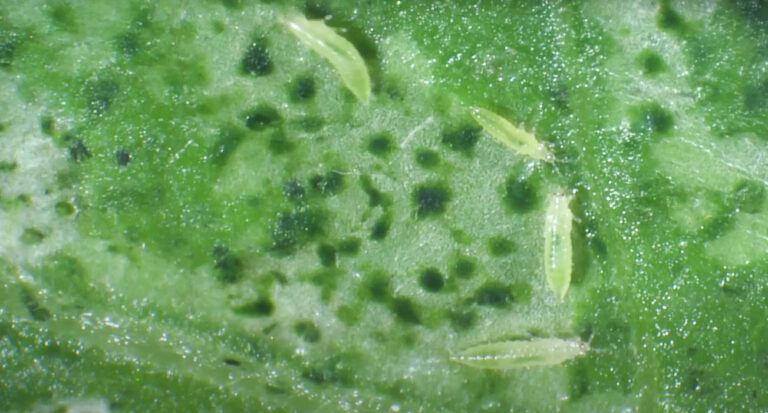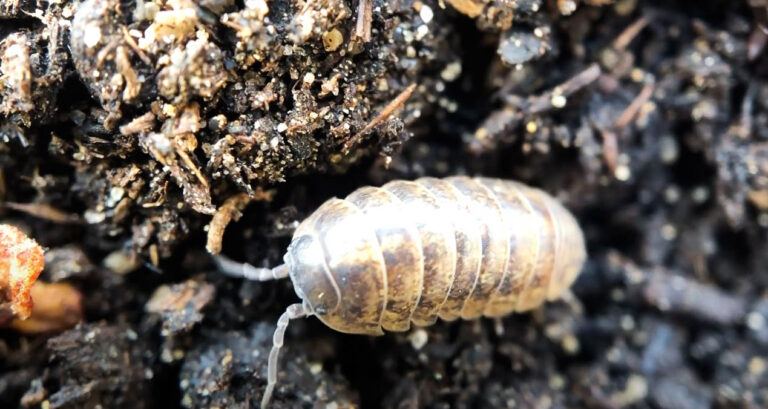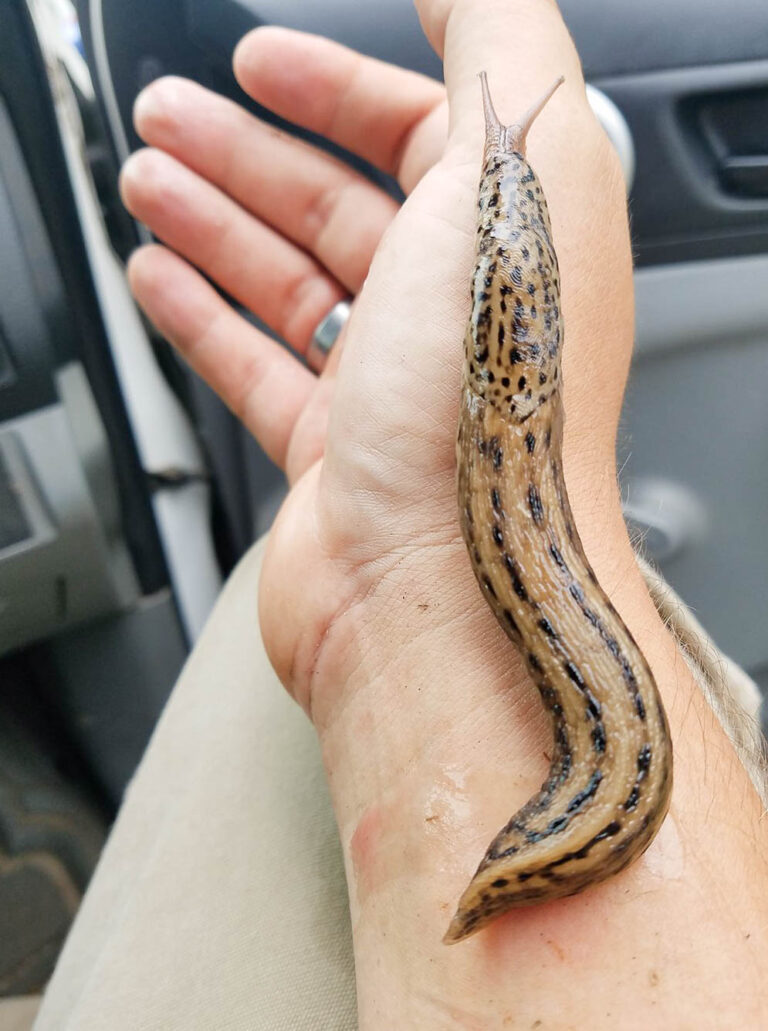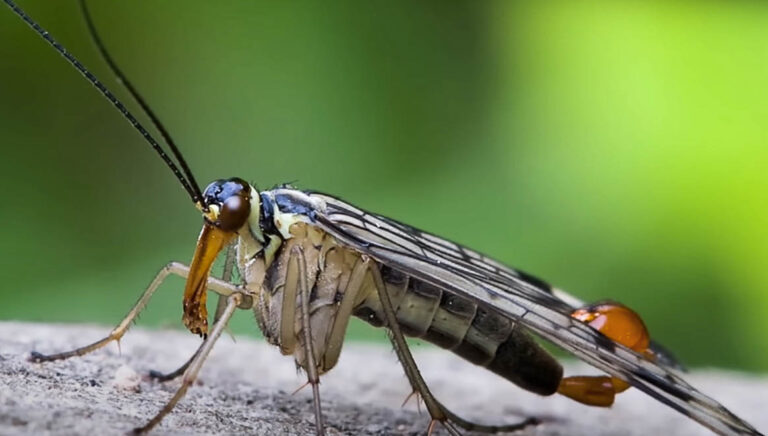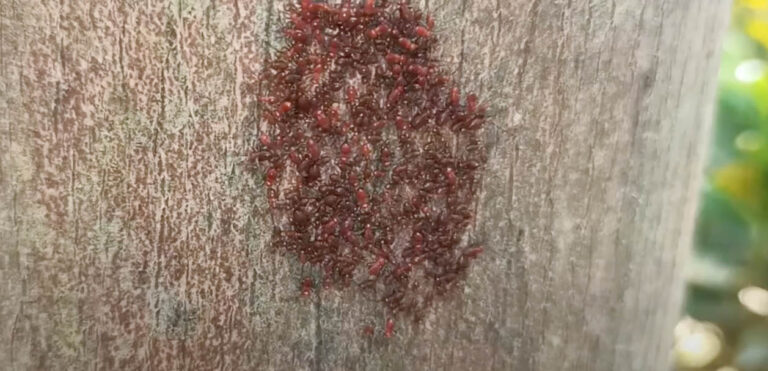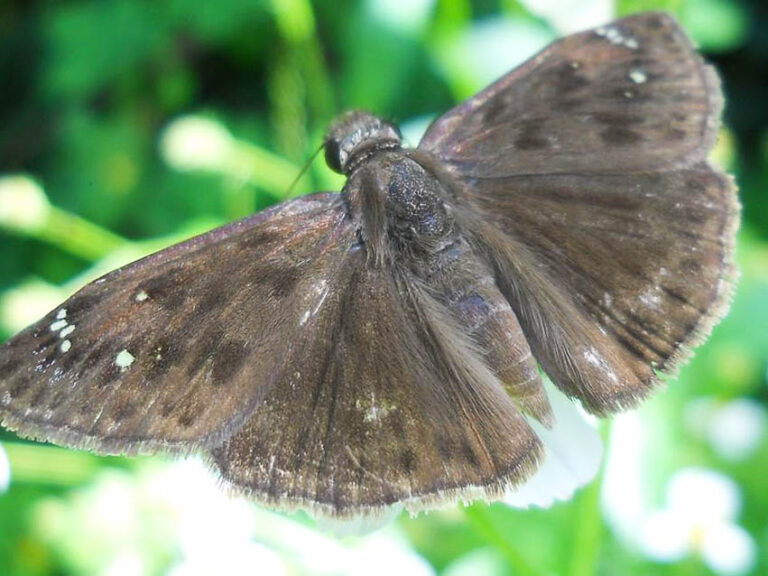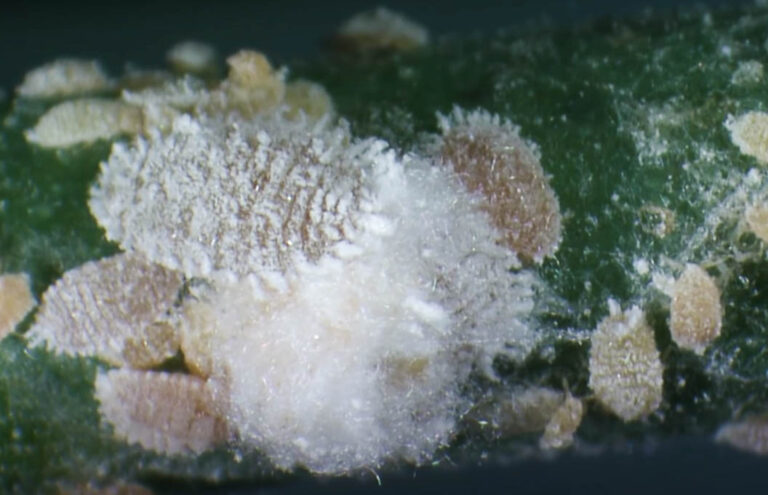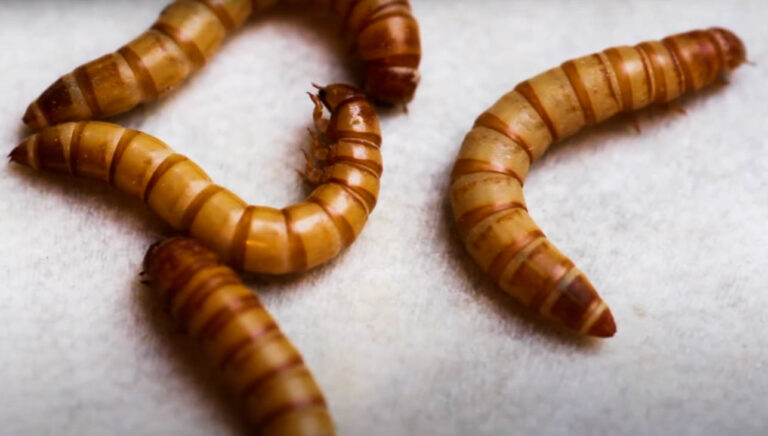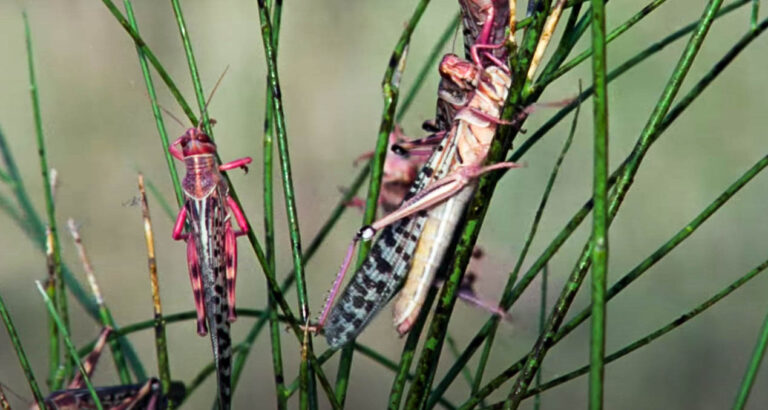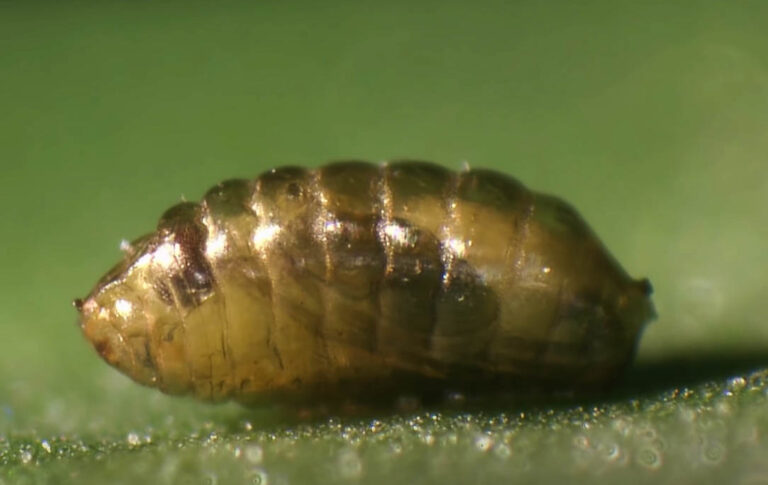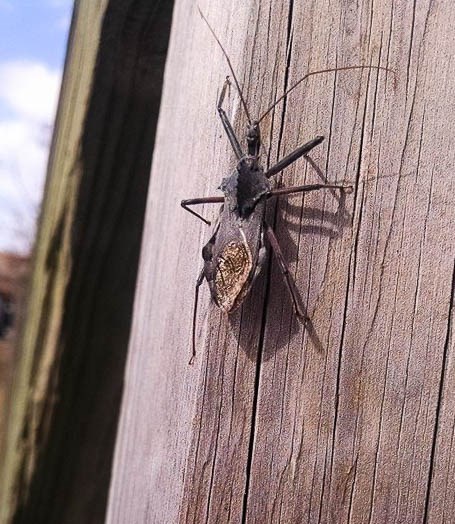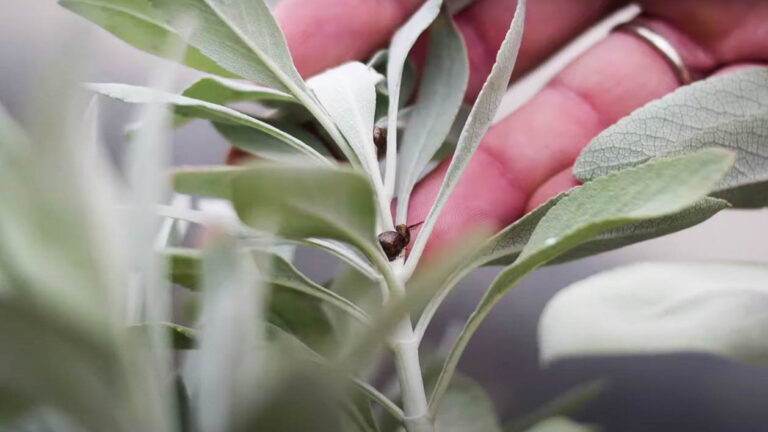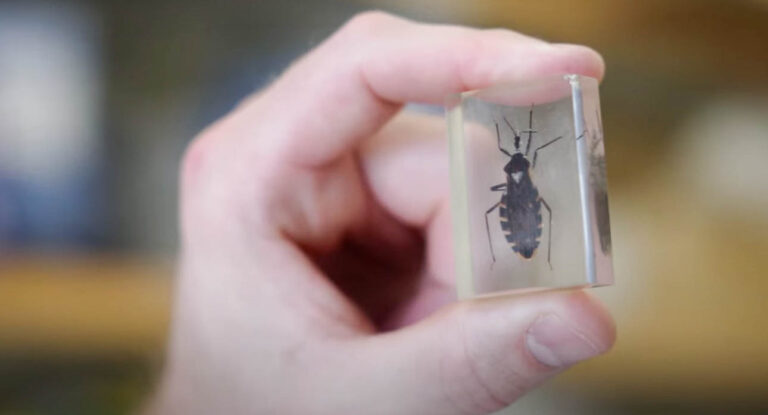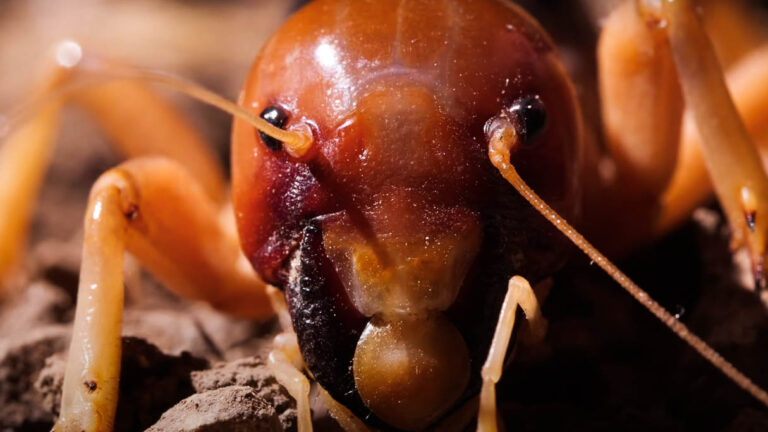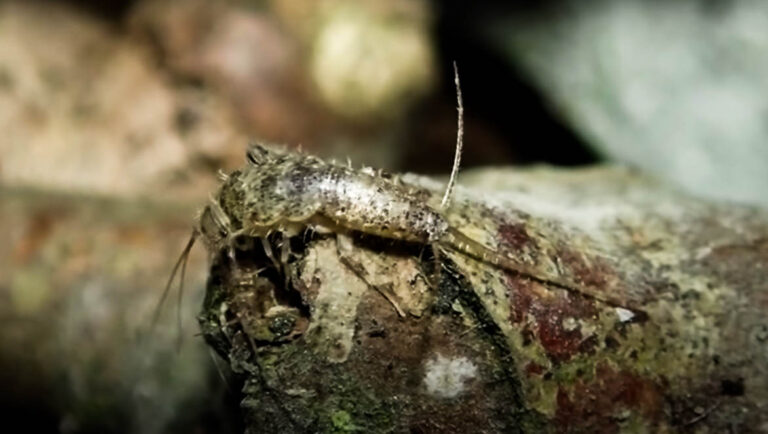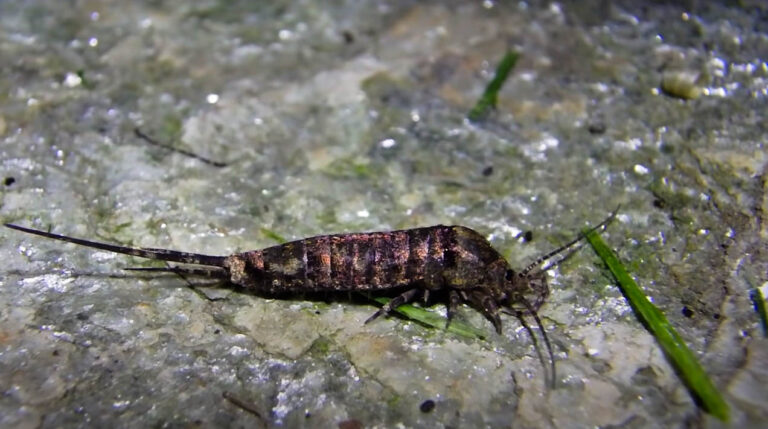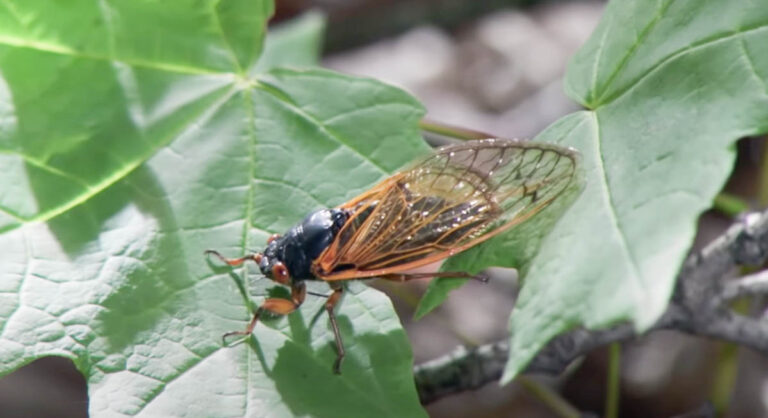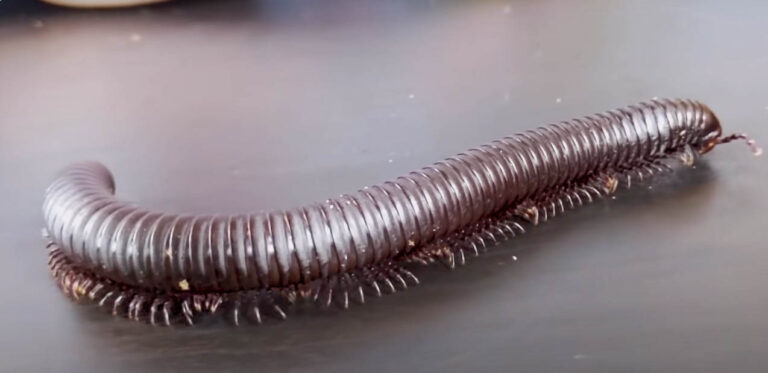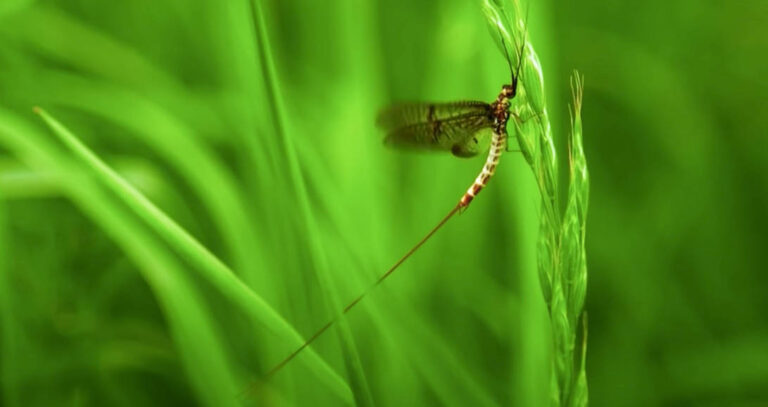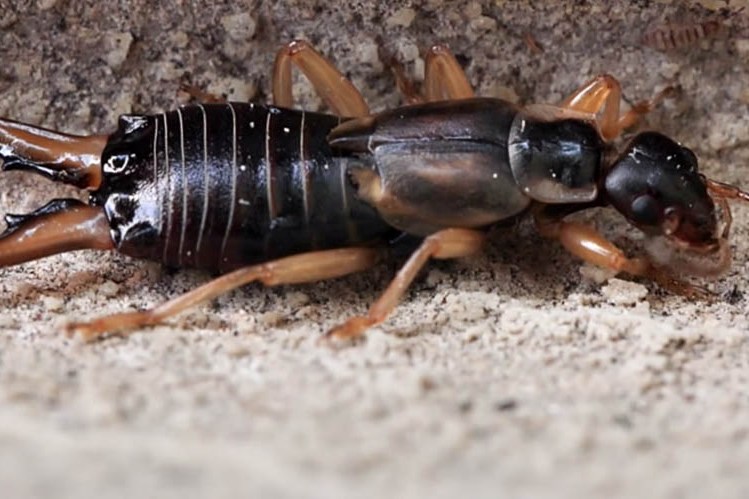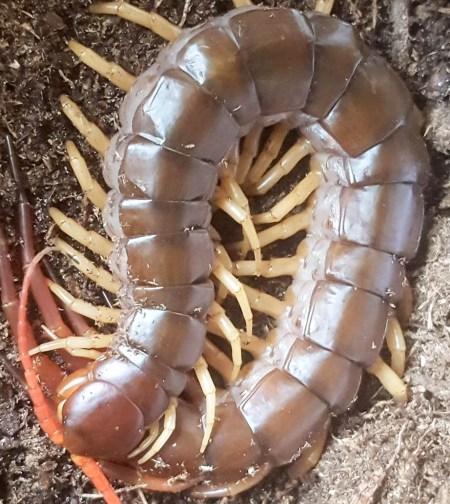About Chinch Bugs
About Chinch Bugs
The chinch bug possesses one of the highest damage to size ratios of any pest creature. These tiny creatures can destroy lawns like nobody’s business. If you live in the southern United States, you are in the habitat range of these critters, so it would not hurt to be informed about them. Continue reading if you would like to know more about these damaging little insects and how you can get rid of them.
Appearance
The diminutive chinch bug beetle is very hard to see unless you are directly looking for it, as they are only about ⅕ of an inch long. These bugs have a unique oval-shaped body that is reminiscent of box elder bugs. Their two wings overlap each other and lay flat on their back. Chinch bugs possess six legs that are proportional to their body size and also have two antennae that come out the front of their head. The color of each chinch bug can vary with respect to the maturity of each particular bug. When they are young, they are bright orange, and as they mature, they begin to get more black on them. Eventually, when they are completely mature they will be black with white wings.
Behavior
If the chinch bug had its ideal habitat it would be a thick layer of thatch in which they can live, feast, and breed. They do very well in dry environments with less moisture in the ground. If they have access to hot, dry, and sunny environments, they will be thriving very well. The taller the grass in a yard is, the more likely it will be that a chinch bug infestation will occur. There is no real need to worry about chinch bugs getting into your home, as they would not survive in a home environment.
Habitat
If the chinch bug had its ideal habitat it would be a thick layer of thatch in which they can live, feast, and breed. They do very well in dry environments with less moisture in the ground. If they have access to hot, dry, and sunny environments, they will be thriving very well. The taller the grass in a yard is, the more likely it will be that a chinch bug infestation will occur. There is no real need to worry about chinch bugs getting into your home, as they would not survive in a home environment.
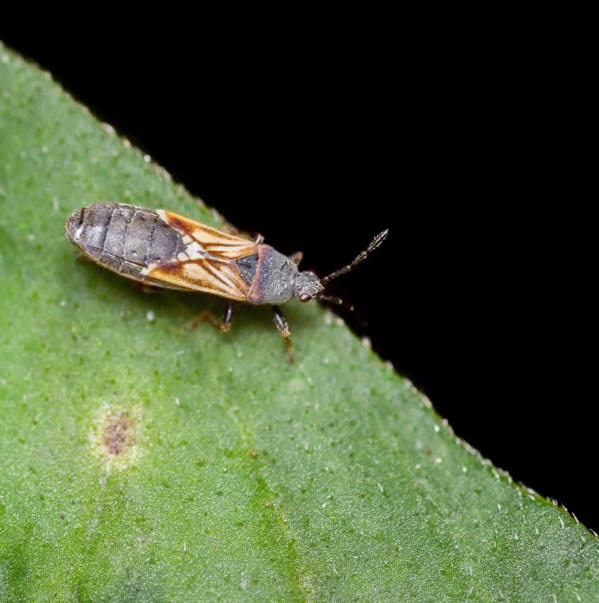
Damage They Cause
Chinch bugs will not cause any destruction to your home or buildings, as they focus solely on vegetation. In the same token, it is very rare that a chinch bug will harm a human. The most they will do is leave itchy bites on someone who was unlucky enough to be near them. The real damage to be worried about with chinch bugs is their ability to destroy lawns. They love to feed on grass and will cause huge chunks of your yard to dry up and die. They can really ruin a nice lawn, so it is important to take care of them as soon as you can.
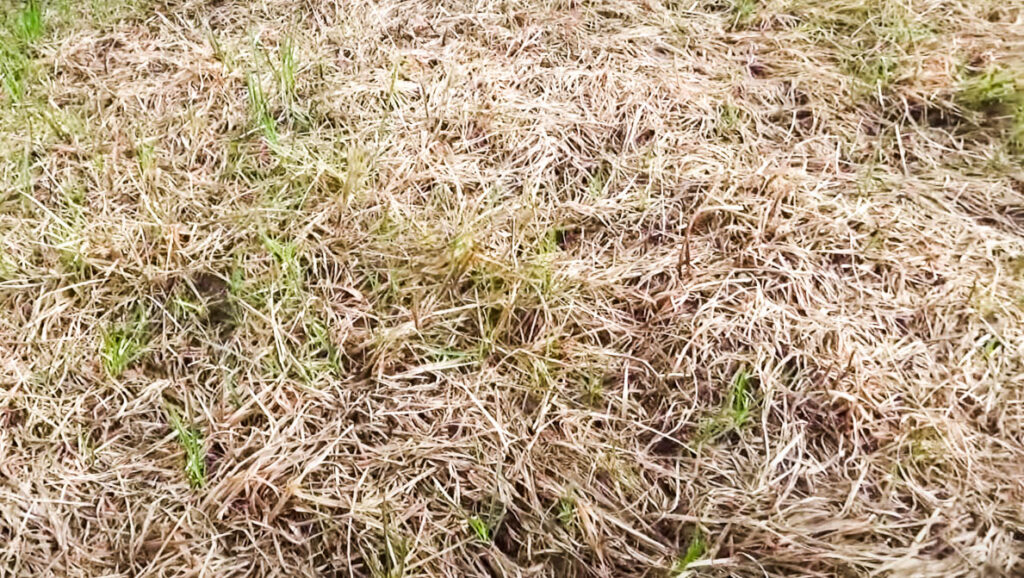
Infestation Signs
There is one main giveaway that your yard has been infested by chinch bugs. Round yellow and dying grass patches are the first real sign that you may have a chinch bug problem. It is especially apparent if the dead splotches get bigger as they expand their territory of destruction. It is important to note that drought stress can also look like chinch bug damage, so be aware of this fact.
How to Get Rid of Them
One of the best ways to get rid of chinch bugs is to prevent them in the first place. One of the best prevention methods for chinch bugs is to simply mow your yard more often. If this causes a thatch layer, be sure to rake it up and dispose of it, as thatch and taller grass encourage the growth of chinch bug infestations. Good irrigation and a well-aerated lawn can also discourage chinch bugs from making your yard a home. If you already have a chinch bug problem and need to get rid of them there are chemicals that can be applied if necessary by pest control experts.

